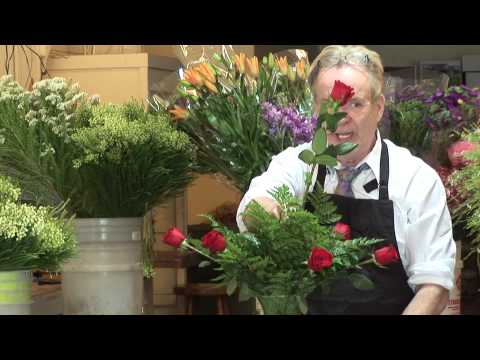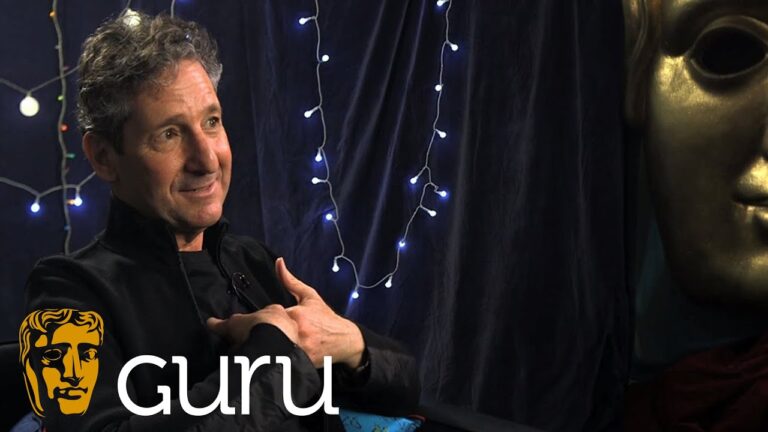Floral Designer Job: Description & Salary

Floral Designer Job Description Template
Floral Designer Job Description A floral designer, also known as a florist, is responsible for creating and arranging beautiful floral displays for various occasions, such as weddings, funerals, parties, and corporate events. They work closely with clients to understand their preferences and requirements, and then use their creativity and knowledge of flowers to design and create unique arrangements. One important aspect of a floral designer’s job is selecting the right flowers, foliage, and other materials to create visually appealing arrangements. They must have a deep understanding of different types of flowers, their colors, shapes, and sizes, as well as their availability and seasonal variations. Once the flowers are selected, floral designers use their artistic skills to arrange them in different styles, such as bouquets, centerpieces, wreaths, and corsages. They also consider factors like color combinations, texture, and balance to create harmonious and visually appealing designs. In addition to designing and arranging flowers, floral designers are responsible for maintaining the freshness and quality of the flowers. They must ensure that the flowers are properly hydrated, trimmed, and stored to extend their lifespan. They also handle administrative tasks, such as ordering flowers and supplies, managing inventory, and maintaining records of client orders. Floral designers may work in flower shops, event planning companies, or run their own businesses. They often work long hours, especially during peak seasons like Valentine’s Day and Mother’s Day. Creativity, attention to detail, and strong customer service skills are essential for success in this field.Floral Designer Responsibilities
Floral Designer Requirements
How Much Does A Floral Designer Make?
Floral Designer Salary
| Job Title | Annual Salary |
|---|---|
| Floral Designer | $32,000 |
A floral designer is responsible for creating and arranging floral displays for various occasions such as weddings, parties, and special events. They work closely with clients to understand their preferences and design floral arrangements accordingly. Floral designers also handle the procurement of flowers and ensure their freshness and quality. They may work in floral shops, event planning companies, or as freelancers. The average annual salary for a floral designer is approximately $32,000.
Floral Designer Salaries by Country
Top Paying Countries for Floral Designer
| Country | Average Salary |
|---|---|
| Switzerland | $55,000 |
| United States | $40,000 |
| Australia | $38,000 |
| Canada | $35,000 |
| United Kingdom | $32,000 |
A floral designer’s salary can vary significantly depending on the country they work in. According to available data, Switzerland is the top paying country for floral designers, with an average salary of $55,000. The United States follows closely behind with an average salary of $40,000. Australia, Canada, and the United Kingdom also offer competitive salaries ranging from $32,000 to $38,000. It’s important to note that these figures may vary based on factors such as experience, skill level, and the specific floral industry within each country.
A video on the topic Floral Designer
Video Source : Lawrence GeraldInterview Questions for Floral Designer
1. What inspired you to become a floral designer?
I have always had a passion for art and nature, and floral design allows me to combine these two interests. Seeing the beauty and impact that flowers can have on people’s lives inspired me to pursue a career as a floral designer.
2. How do you stay updated with current floral design trends?
I believe it is important to constantly stay updated with the latest floral design trends. I attend workshops and seminars, follow industry publications and websites, and participate in online communities to stay informed about new techniques, styles, and emerging trends.
3. What is your creative process when designing floral arrangements?
My creative process begins with understanding the client’s vision and the occasion for which the arrangement is being created. I then gather inspiration from various sources such as nature, art, and fashion. I sketch out my ideas, select the appropriate flowers and foliage, and carefully arrange them to create a cohesive and visually appealing design.
4. How do you handle last-minute changes or requests from clients?
Flexibility is key when dealing with last-minute changes or requests. I understand that unexpected situations can arise, and I always strive to accommodate my clients’ needs. I communicate openly with the client, assess the feasibility of the changes, and work efficiently to make the necessary adjustments to the floral arrangements.
5. Can you describe a challenging project you have worked on and how you overcame the challenges?
I once had a project where the client had very specific requirements for a large-scale event. The challenge was to source a particular type of flower that was out of season. I had to research alternative options and work closely with suppliers to find a suitable substitute. Through perseverance and creativity, I was able to create a stunning arrangement that met the client’s expectations.
6. How do you ensure the freshness and longevity of floral arrangements?
I take great care in selecting the freshest flowers and foliage available. I also pay attention to proper conditioning, which includes cutting stems at an angle, removing excess foliage, and providing adequate hydration. I educate clients on how to care for their arrangements, including the importance of changing water regularly and keeping them away from direct sunlight or extreme temperatures.
7. How do you handle challenging clients or difficult situations?
When faced with challenging clients or difficult situations, I strive to remain calm and professional. I actively listen to their concerns and try to find common ground or a solution that satisfies both parties. It is important to maintain open lines of communication, address any issues promptly, and work towards a resolution that meets the client’s needs while staying true to my artistic vision.
8. What is your favorite floral design style and why?
My favorite floral design style is the natural and organic style. I love the way it incorporates different textures, colors, and shapes to create arrangements that reflect the beauty of nature. This style allows me to work with flowers and foliage in their most natural form, creating designs that feel effortless and harmonious.
9. How do you handle working within a budget when designing floral arrangements?
Working within a budget requires careful planning and creativity. I discuss the client’s budget limitations upfront and provide them with options that align with their financial constraints. I suggest cost-effective flower choices, offer alternative design ideas, and find ways to maximize the impact of the arrangements without compromising on quality or aesthetics.
10. Can you share an example of a memorable floral design project that you have worked on?
One memorable floral design project was creating arrangements for a high-profile wedding. The client wanted a luxurious and opulent look, incorporating rare and exotic flowers. It was a challenging project that required meticulous attention to detail and coordination with multiple vendors. The end result was breathtaking, and seeing the joy on the couple’s faces made it truly memorable.






